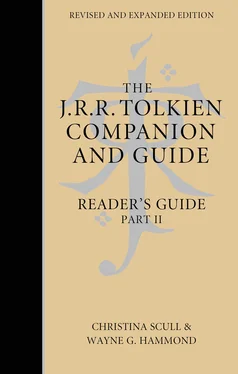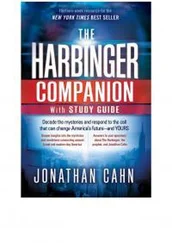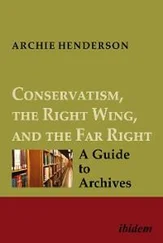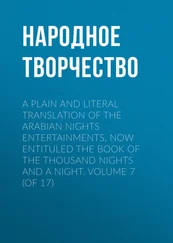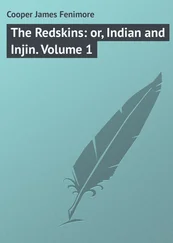In principle I object as strongly as is possible to the ‘translation’ of the nomenclature at all (even by a competent person). I wonder why a translator should think himself called on or entitled to do any such thing. That this is an ‘imaginary’ world does not give him any right to remodel it according to his fancy, even if he could in a few months create a new coherent structure which it took me years to work out.
The correct way to translate The Lord of the Rings , he felt, ‘is to leave the maps and nomenclature alone as far as possible, but to substitute for some of the least-wanted Appendices a glossary of names (with meanings but no ref[erence]s.). I could supply one for translation. May I say at once that I will not tolerate any similar tinkering with the personal nomenclature . Nor with the name/word Hobbit ’ ( Letters , pp. 249–51).
But he was only partly successful in having his way with the Dutch edition, despite lengthy correspondence (see further, *Translations). Later he had a similar experience with the Swedish Lord of the Rings , all the more distressing because the translator of the first Swedish * Hobbit ( Hompen , 1947) had also taken liberties with the text. On 7 December 1957 Tolkien wrote to Rayner Unwin: ‘I do hope that it can be arranged, if and when any further translations are negotiated [after the Dutch and Swedish], that I should be consulted at an early stage …. After all, I charge nothing, and can save a translator a good deal of time and puzzling; and if consulted at an early stage my remarks will appear far less in the light of peevish criticisms’ ( Letters , p. 263).
At last Tolkien himself took the initiative. He continued to prefer that The Lord of the Rings in translation preserve the essential Englishness of many of its personal and place-names; but he came to accept that other translators were likely to take a line similar to those of the Dutch and Swedish editions, who had sometimes misunderstood their source, and instead of insisting on no translation of nomenclature, he attempted to influence the translator through an explanatory document. On 7 December 1957 he had also written to Rayner Unwin:
I see now that the lack of an ‘index of names’ [in The Lord of the Rings ] is a serious handicap in dealing with [questions of translation]. If I had an index of names (even one with only reference to Vol. and chapter, not page) it would be a comparatively easy matter to indicate at once all names suitable for translation (as being themselves according to the fiction ‘translated’ into English), and to add a few notes on points where (I know now) translators are likely to trip. So far, though both eager to translate the toponymy into other terms, and deliberately to efface the references to England (which I regard as integral and essential) neither appear to be at all conversant with English toponymy, or even to be aware that there is anything to know. Nor do they consult large dictionaries when faced by anything that is not current. [Tolkien–George Allen & Unwin archive, HarperCollins, partly printed in Letters , pp. 263–4]
Such an index was compiled for him, through the offices of George Allen & Unwin (*Publishers), by May 1958. On 11 September 1959, after considering difficulties facing the translator of the Polish Lord of the Rings , Tolkien asked his publisher for a spare copy of the index of names, so that he could mark on it all of those that are not English and therefore, in his view, should not be translated. He seems to have done nothing more with this, however, until around the beginning of December 1966: on 12 December he wrote to Alina Dadlez, of the Allen & Unwin foreign rights department:
When I was reading the specimens of the proposed German translation, I began to prepare an annotated name list based on the index: indicating those names that were to be left unchanged and giving information of the meaning and origin of those that it was desirable to render into the language of translation, together with some tentative advice on how to proceed. I hope soon to complete this and be able to send you a copy or copies for the use of translators …. [Tolkien–George Allen & Unwin archive, HarperCollins]
On 2 January 1967 he wrote to Otto B. Lindhardt, of the Danish publisher Gyldendals Bibliotek, who were planning to publish The Lord of the Rings in Danish, that ‘experience in attempting to help translators or in reading their versions has made me realize that the nomenclature of persons and places offers particular difficulty’, but is important ‘since it was constructed with considerable care, to fit with the supposed history of the period described. I have therefore recently been engaged in making, and have nearly completed, a commentary on the names in this story, with explanations and suggestions for the use of a translator, having especially in mind Danish and German’ (Tolkien–George Allen & Unwin archive, HarperCollins). On 16 January he wrote to *Joy Hill at Allen & Unwin:
I have completed and Miss Jenkinson [his secretary] has typed out a commentary on the names in The Lord of the Rings , especially devised to be (I hope) useful to anyone translating the book into German or Danish …. I think it would save me a considerable amount of time when the German and Dutch projects go forward, and also enable the translators to avoid a lot of the mistakes, and in some cases nonsense, that I now discover in the extant translations. [Tolkien–George Allen & Unwin archive, HarperCollins]
Tolkien’s ‘commentary’ for many years was photocopied by Allen & Unwin and sent to translators of The Lord of the Rings as an aid to their work. After Tolkien’s death it was edited by his son *Christopher and published in A Tolkien Compass , ed. Jared Lobdell (1975), pp. 153–201, as Guide to the Names in The Lord of the Rings . In 2005 Wayne G. Hammond and Christina Scull made a fresh transcription of the Nomenclature from the professional typescript as corrected by Tolkien, with reference also to an earlier version in manuscript and typescript; this was published in The Lord of the Rings: A Reader’s Companion (2005), pp. 750–82. (In the first edition of the Reader’s Companion entries for Mathom and Smials were inadvertently omitted from the Nomenclature . These were absent in the editors’ copy-text, but present in A Tolkien Compass .)
A Northern Venture. Collection of ‘verses by members of the *Leeds University English School Association’, published by the Swan Press, Leeds, in June 1923. See further, Descriptive Bibliography B4. The volume includes three poems by Tolkien, * Enigmata Saxonica Nuper Inventa Duo , * The Happy Mariners , and * The Man in the Moon Came Down Too Soon . Among other contributors are *Wilfred R. Childe, *E.V. Gordon, and *A.H. Smith.
Northernness. Tolkien considered himself a man of north-western Europe, and in his professional life was concerned with the languages, literature, and culture of that region. As he wrote to his son *Michael on 9 June 1941:
I have spent most of my life, since I was your age, studying Germanic matters (in the general sense that includes England and Scandinavia). There is a great deal more force (and truth) than ignorant people imagine in the ‘Germanic’ ideal. I was much attracted by it as an undergraduate … in reaction against the ‘Classics’ …. I have in this [Second World] War a burning private grudge … against that ruddy little ignoramus Adolf Hitler …. Ruining, perverting, misapplying, and making for ever accursed, that noble northern spirit, a supreme contribution to Europe, which I have ever loved, and tried to present in its true light. Nowhere, incidentally, was it nobler than in England, nor more early sanctified and Christianized. [ Letters , pp. 55–6]
Читать дальше
